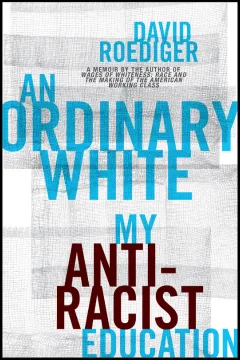The Juvenile Delinquent and the Mythic Hero
The Juvenile Delinquent and the Mythic Hero
In The Philosophy of Symbolic Forms, Ernst Cassirer argues that the distinguishing characteristic of man is his symbolizing activity. While the animal responds to signs and finds satisfaction in the manipulation and incorporation of physical objects, man also needs, and has the capacity to find, substitute gratifications in symbolic communication—through the sciences, philosophy, religion, and above all, the arts. Now, errant or delinquent behavior is also a form of symbolic communication. As Freud suggested, there is a connection between symbol and symptom; only a very fine line divides genius and pathology. Writers, such as Thomas Mann, have viewed the artist as a borderline case and shown his inner relationship to the criminal. In his personality and behavior the criminal may often reveal, though in a distorted and sometimes brutal form, those same impulses of rebellion which move the artist and which the artist embodies in his hero. These impulses represent the productive and ...
Subscribe now to read the full article
Online OnlyFor just $19.95 a year, get access to new issues and decades' worth of archives on our site.
|
Print + OnlineFor $35 a year, get new issues delivered to your door and access to our full online archives.
|






